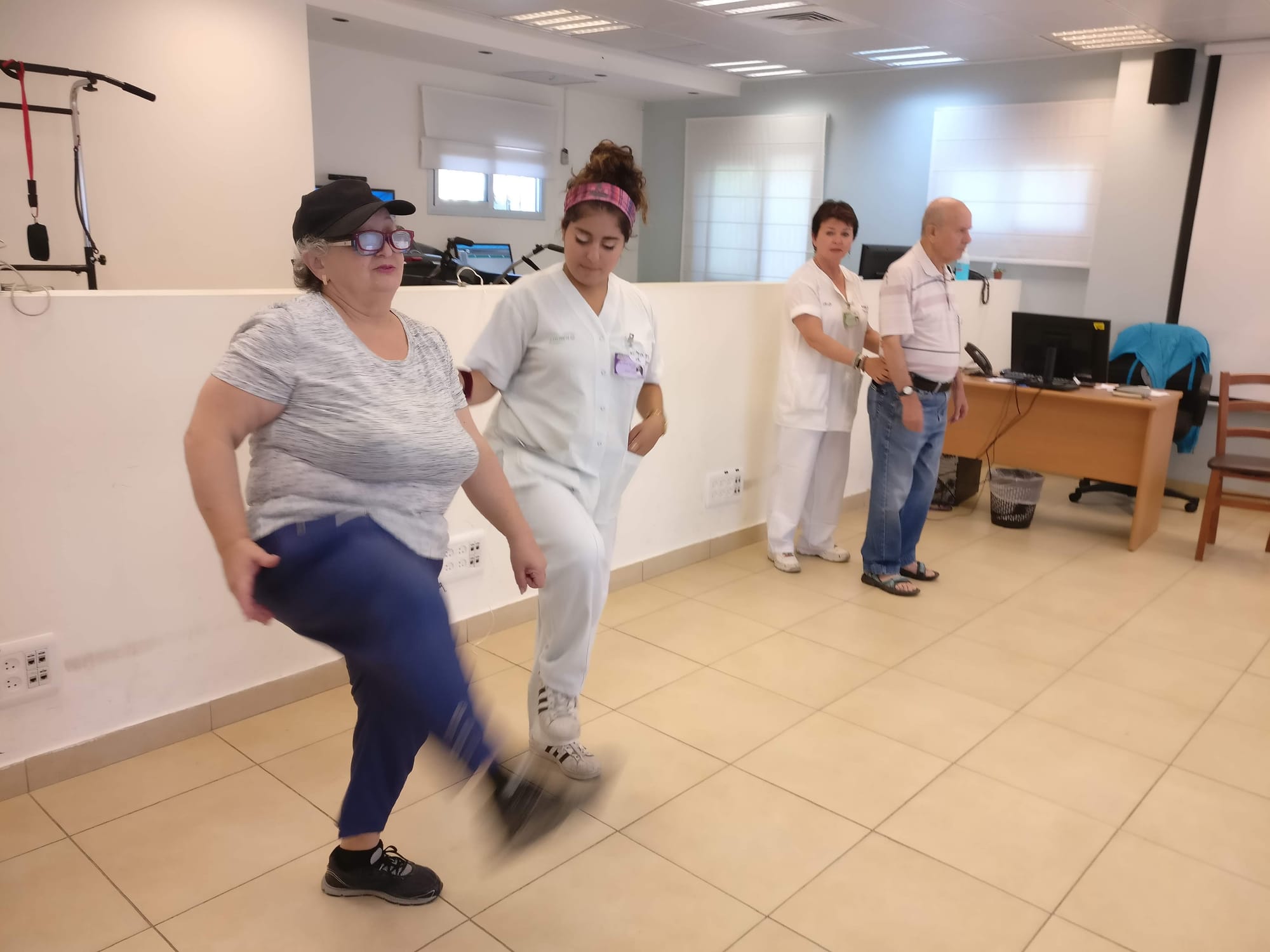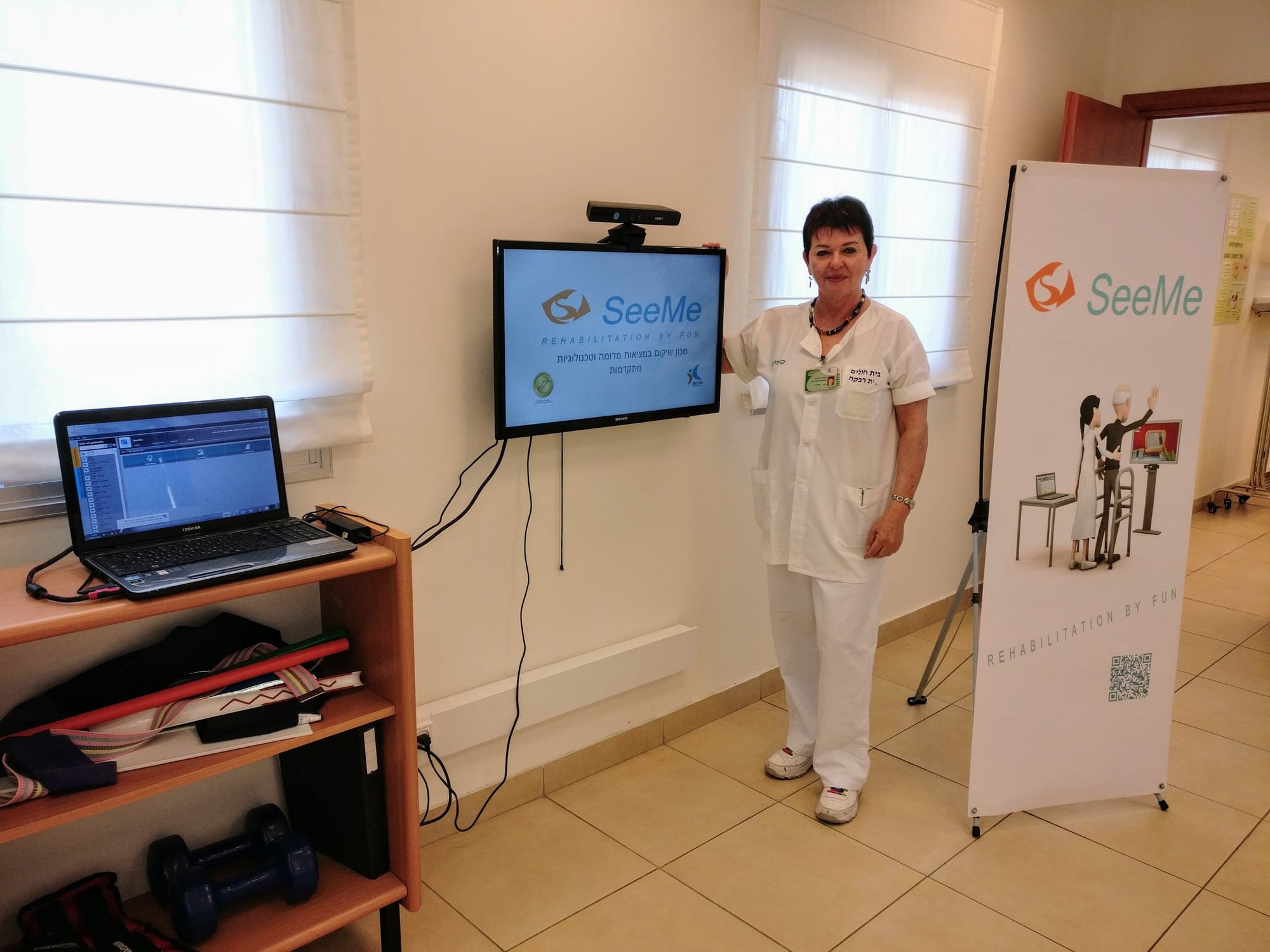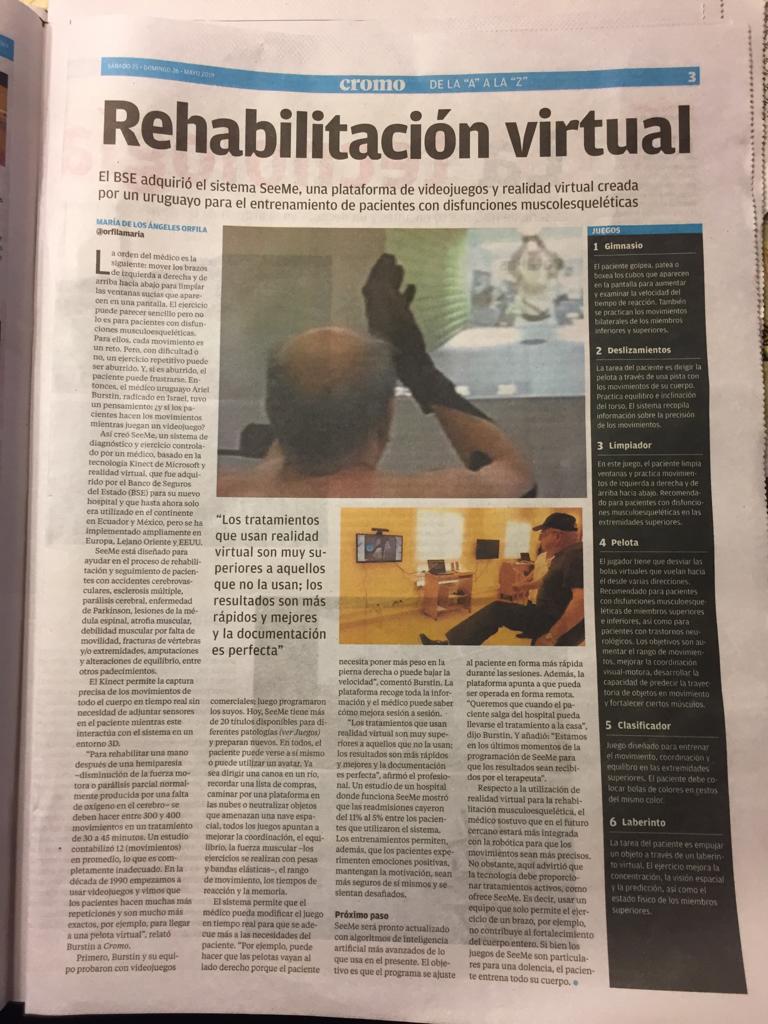SeeMe - Realidad en Realidad Virtual!
Un entorno virtual que asegura creatividad, profesionalismo y experiencia en rehabilitación.
SeeMe

Desde 2009, el mejor sistema de rehabilitacion virtual!
La mejor para nuestros pacientes!
Creemos en la rehabilitación por diversión. Nosotros creemos que cuando más divertido es el ejercicio, más motivado estará el paciente para hacerlo.
Saber másLa mejor para Hospitales y clinicas de Rehabilitacion!
SeeMe es un dispositivo médico de Clase 1, desarrollado por expertos en rehabilitación y programación de software de acuerdo con los más rigurosos estándares de calidad.
Saber másLa mejor para los terapistas!
SeeMe es un sistema basado en PC, innovador, completo, clínicamente-controlado y diseñado para el ejercicio y la rehabilitación.
Saber másDistribuido mundialmente por Hore Medical Technologies Ltd.
Distribuidor en Sud America: BIOSISTEMAS URUGUAY
Por detalles:
BIOSISTEMAS URUGUAY
- Ana Monterroso de Lavalleja 2146, Montevideo Montevideo Department, Uruguay
- Estacionamiento gratuito: Palmar 2220 Montevideo, Uruguay
Publicaciones
- Brown, R., Burstin, A., & Laufer, Y. (2014). Age but not sit or stance affects rapid reaching movement time to virtual objects in response to a simple or go\no-go task. PM and R, 6(8), S126–S127.
- Dunsky, A., Fishbein, P., & Hutzler, Y. (2013). Dual-task training using virtual reality: Influence on walking and balance in three post stroke survivors. International Journal of Therapies and Rehabilitation Research, 2(2), 2278–343. https://doi.org/10.5455/ijtrr.00000021
- Hadad, S. Y., Fung, J., Weiss, P. L., Perez, C., Mazer, B., Levin, M. F., & Kizony, R. (2012). Rehabilitation tools along the reality continuum: from mock-up to virtual interactive shopping to a living lab. Virtual Reality & Associated Technologies Laval Ó2012 ICDVRAT, (2005), 10–12.
- Hadash, R., Amrani, S., Pinsker, A., Lotan, M., & Weiss, T. (2015). Improoving balance of individuals with intellectual and developmental disability through a Virtual Reality intervention program. Palaestra, vol. 29, issue 4 (2015) p. 19
- Hutzler, Y., Korsensky, O., & Laufer, Y. (2017). Rapid stepping test towards virtual visual objects: Feasibility and convergent validity in older adults. Technology and Health Care, 25(1), 49–58. https://doi.org/10.3233/THC-161251
- Laufer, Y., Burstin, A., Brown, R., Korsensky, O., & Hutzler, Y. (2015). Rapid stepping time on ‘virtual’ objects correlates with measures of balance and fear of falling in elderly individuals. Physiotherapy, 101, Suppl, e189. https://doi.org/http://dx.doi.org/10.1016/j.physio.2015.03.349
- Nir-Hadad, S. Y., Weiss, P. L., Waizman, A., Schwartz, N., & Kizony, R. (2017). A virtual shopping task for the assessment of executive functions: Validity for people with stroke. Neuropsychological Rehabilitation. https://doi.org/10.1080/09602011.2015.1109523
- Sugarman, H., Weisel-Eichler, A., Burstin, A., & Brown, R. (2011). Use of novel virtual reality system for the assessment and treatment of unilateral spatial neglect: A feasibility study. 2011 International Conference on Virtual Rehabilitation, ICVR 2011. https://doi.org/10.1109/ICVR.2011.5971859
- Sugarman, H., & Brown, R. (2002). Primary Advantages in Rehabilitation 1 Virtual Reality ( VR ) Response time SeeMe Response time Development Goals, 567–569.
Tienen alguna pregunta? Necesitan algun FullText?
Solo tienen que pedir...





















